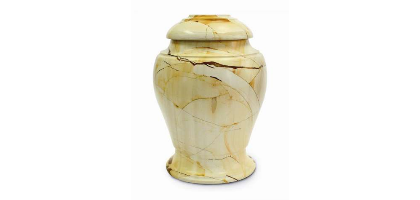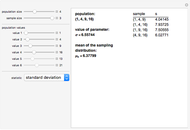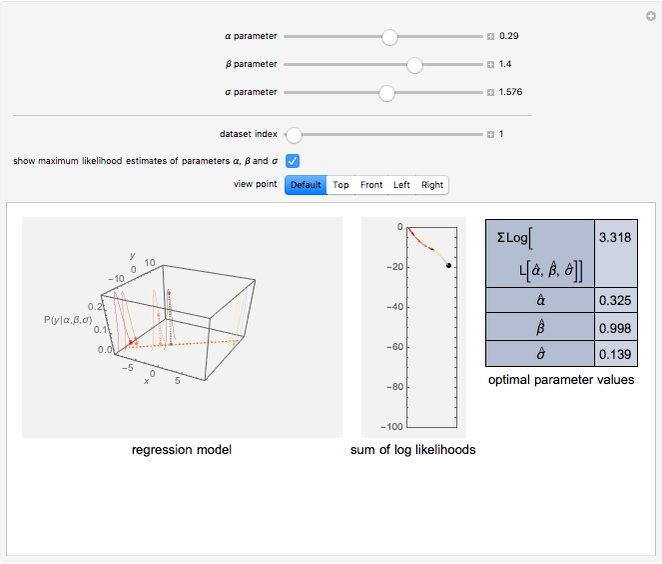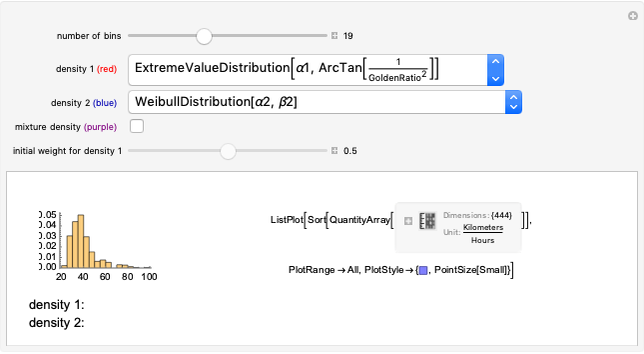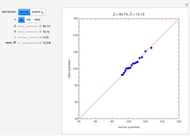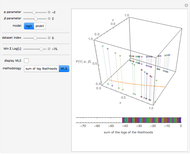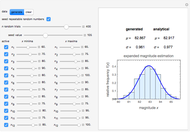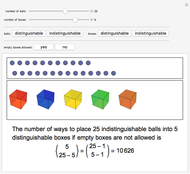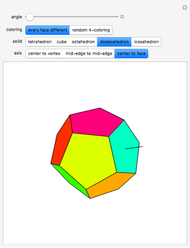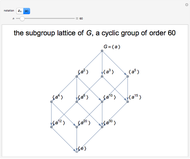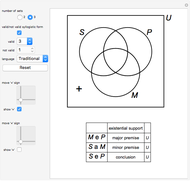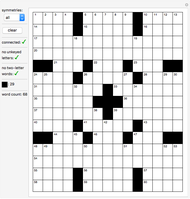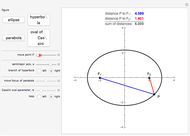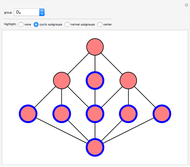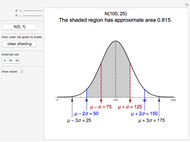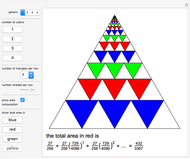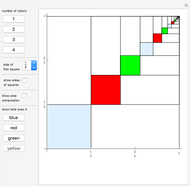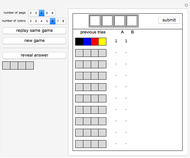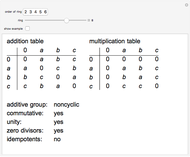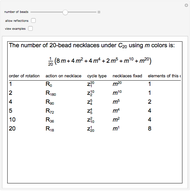Maximum Likelihood Estimation

Requires a Wolfram Notebook System
Interact on desktop, mobile and cloud with the free Wolfram Player or other Wolfram Language products.
The concept of a maximum likelihood estimate is illustrated using a discrete example. An urn contains  different colored marbles. Marbles are selected one at a time at random with replacement until one marble has been selected twice. What is the maximum likelihood estimate of the number of marbles in the urn?
different colored marbles. Marbles are selected one at a time at random with replacement until one marble has been selected twice. What is the maximum likelihood estimate of the number of marbles in the urn?
Contributed by: Marc Brodie (Wheeling Jesuit University) (January 2010)
Open content licensed under CC BY-NC-SA
Snapshots
Details
The number of marbles in the urn is a random integer between 1 and 11. This example was motivated by various websites (including the author's campus website) that show a different picture each time the site is accessed. The sequence  of maximum likelihood estimates based on the number of different colors observed before a repeat is obtained is A111097 in The On-Line Encyclopedia of Integer Sequences.
of maximum likelihood estimates based on the number of different colors observed before a repeat is obtained is A111097 in The On-Line Encyclopedia of Integer Sequences.
Permanent Citation
